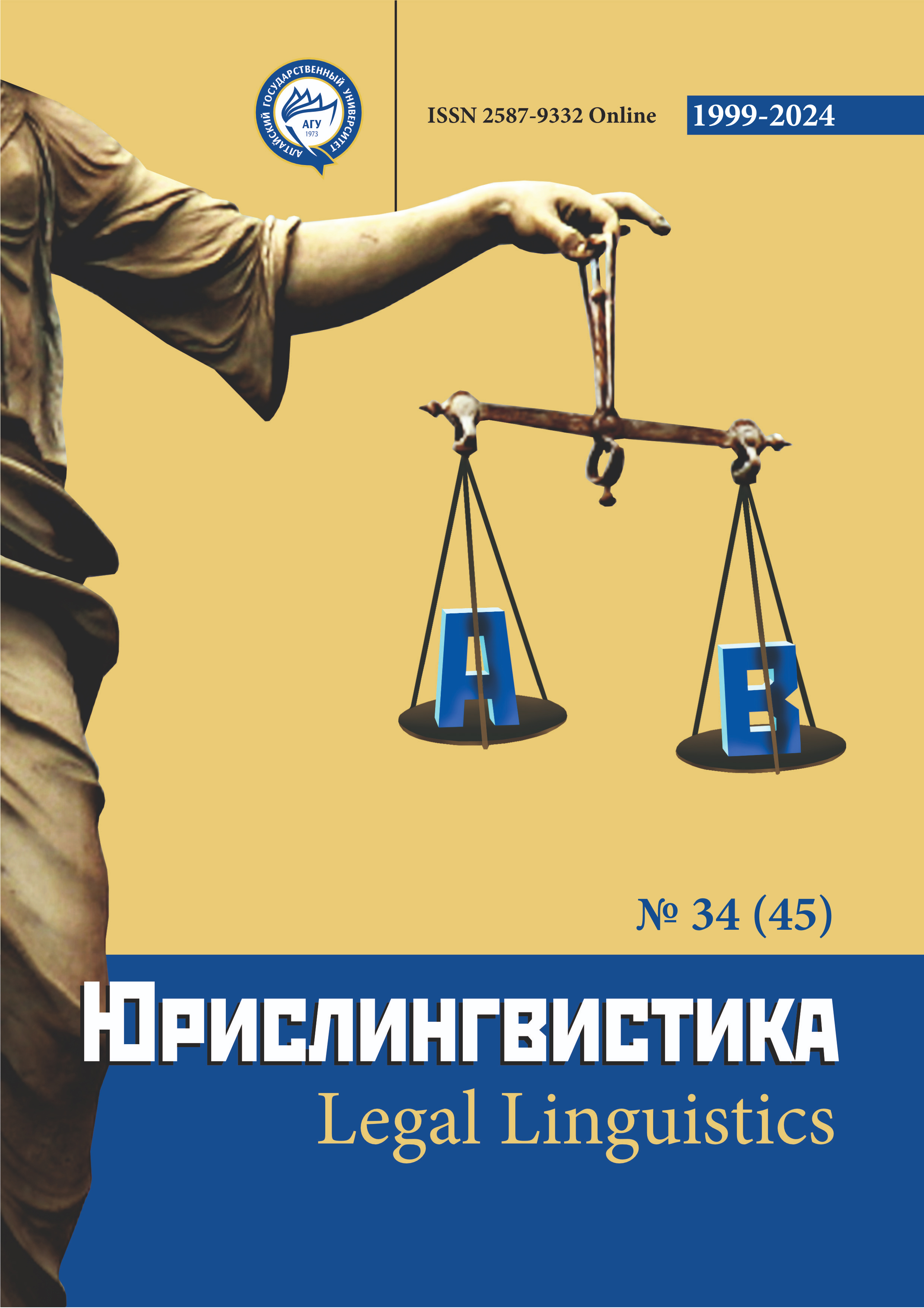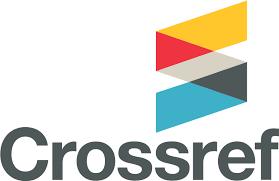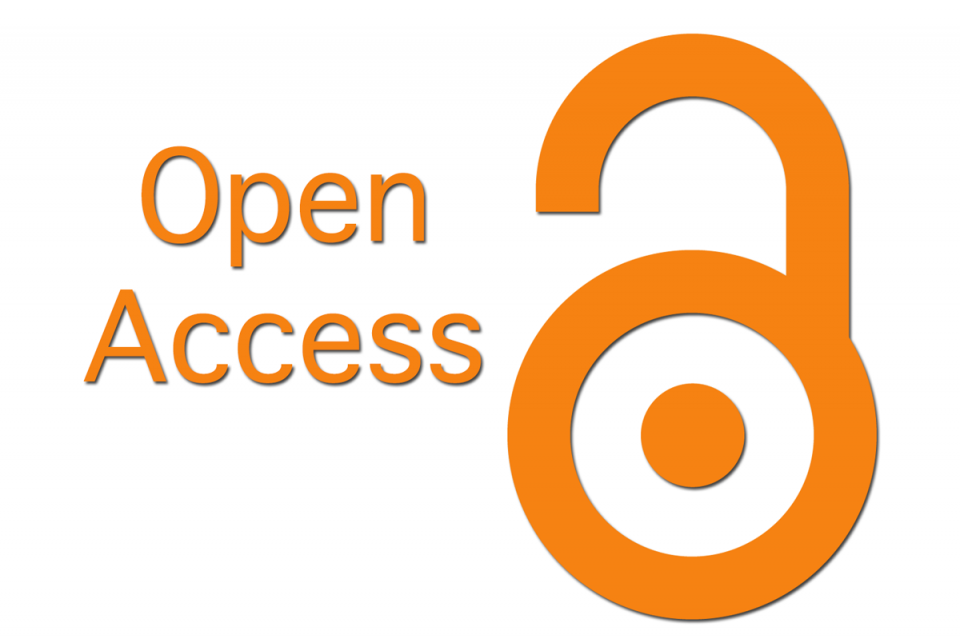On the Methodology for Analyzing the Quality of Judicial Translation in the Russian Federation
УДК 81.25, ББК 81.1
Abstract
The article concentrates on the study of possibilities for assessing the quality of court translation (both oral and written) using a methodology that takes into account the completeness of conveying the meaning of terminological and non-terminological units of the original message. The authors propose to improve the methodology in question for the purpose of its use in the daily practice of selecting translators and interpreters for prospective inclusion in the planned register of specialists in the field of interpretation and translation, as well as one of the stages of adequacy verification for translation performed (in those cases where it is necessary). The completeness of translation is determined by comparing the number and composition of propositions in the original and translated texts. In this way, an approximate quantitative and qualitative assessment of the amount of meaning that has been conveyed in the translation process is made. Since the procedure for establishing and consolidating the institution of court interpreters in the Russian Federation involves fulfillment of complex tasks at different stages over many years, it would be relevant to consider as early as now the optimal method of quality assessment that is not tied to a specific language or group of languages, testing the methodology on the most diverse linguistic material possible. The completeness of translation is most important in cases where the informative nature of the original text is complicated by expressive means characteristic of professional court speech, the employment of which is designed to create a pragmatic effect of the court event as a whole.
The current erratological and expert approaches do not allow achieving objectivity, universality of judgment about the quality of translation product in vital spheres of society's function which include court proceedings.
Downloads
Metrics
References
Азбука переводов: Нотариальный перевод. Кто такой присяжный переводчик? URL: https://abcbp.ru/articles/notarialnyy_perevod_dokumentov_kto_takoy_prisyazhnyy_perevodchik.
Алексеева Е. А. Французский опыт подготовки переводчиков: переводческий и дидактический аспекты: Учебно-методическое пособие. Воронеж, 2017.
Аликина Е. В. Концепция обучения устной переводческой деятельности в системе высшего лингвистического образования на основе интегративного подхода: диссертация на соискание ученой степени доктора пед. наук: 13.00.02. Нижний Новгород, 2017.
Гарант Образование: Союз переводчиков России предложил институализировать в России судебный (присяжный) перевод. 2020. URL: https://edu.garant.ru/relevant/main/1402680 (дата обращения: 10.06.2024).
Дриц К. В. Институт сертификации судебных переводчиков: зарубежный опыт и возможность его применения в России / Юридический вестник молодых ученых. - 2016. - №3. URL: https://cyberleninka.ru/article/n/institut-sertifikatsii-sudebnyh-perevodchikov-zarubezhnyy-opyt-i-vozmozhnost-ego-primeneniya-v-rossii.
Жолос Л. М., Медведева М. С., Гайломазова Е. С. Особенности перевода судебной речи (на примере переводов речей знаменитых юристов / Гуманитарные и социальные науки. - 2021. - №6. URL: https://cyberleninka.ru/article/n/osobennosti-perevoda-sudebnoy-rechi-na-primere-perevodov-rechey-znamenityh-yuristov.
Княжева Е. А., Пирко Е. А. Оценка качества перевода в русле методологии системного анализа / Вестник ВГУ. Серия: Лингвистика и межкультурная коммуникация. - 2013. - №1. - С. 145-151.
Ковальчук Е. А. Квантитативно-системный подход к оценке качества перевода / Древняя и Новая Романия. - 2015. - № 16. - С. 507-523.
Колин Дж., Моррис Р. Переводчики и судебный процесс. Отрывки из книги / Центр правовых программ. 2008. URL: https://legaltrainingspb.com/files/ppt/uk-25-1/translators_and_litigation.pdf.
Кравец А. С. Структура смысла: от слова к предложению / Вестник Воронежского государственного университета. Серия: Гуманитарные науки. - 2001. - №1. URL: http://www.vestnik.vsu.ru/pdf/hyman/2001/01/Kravec.pdf.
Лягушкина Н. В., Савитский И. В. Эрратологический анализ переводческих решений: теоретический и прикладной аспекты / Филологические науки. Вопросы теории и практики. - 2012. - №4 - Тамбов, 2012. - С. 86-90.
Подготовка переводчика: коммуникативные и дидактические аспекты : колл. монография / авт. колл.: В. А. Митягина и др. ; под общ. ред. В. А. Митягиной. 5-е изд., стер. М., 2022.
Поликарпов А. М., Французова А. Д. Об устном судебном переводе в Швеции / Научный результат. Вопросы теоретической и прикладной лингвистики. - 2020. - №4. URL: https://cyberleninka.ru/article/n/ob-ustnom-sudebnom-perevode-v-shvetsii.
Протокол судебного заседания по уголовному делу №1-51-2012. Тюмень, 2012. URL: https://www.nntobsme.ru/uploads/Pogranichnik/protsudzas11.01-24.02.2012.pdf.
Работа по институализации судебного перевода будет продолжена. Пресс-релиз / Московский государственный лингвистический университет. 2024. URL: https://linguanet.ru/upload/medialibrary/ef8/qjd9vs9x0qbj6cjcw51nuev0xrue2e46.pdf.
Соловьева Н. В. Пропозиция как инвариант коммуникативной парадигмы предложения: Коммуникативная лингвистика. Лекция. Ч. 1. 2020. URL: https://bspu.by/blog/soloviova/article/lection/kommunikativnaya-lingvistika-lekciya-propoziciya-kak-invariant-kommunikativnoj-paradigmy-predlozheniya-ch-1.
Ярцева В.Н. Лингвистический энциклопедический словарь. М., 1990. URL: https://tapemark.narod.ru/les/.
Lee Jieun. Rating Scales for Interpreting Performance Assessment / The Interpreter And Translator Trainer. - 2008. - 2(2). - P. 165-184.
Copyright (c) 2024 Елена Глушко, Валентина Орлова

This work is licensed under a Creative Commons Attribution 4.0 International License.
The authors, which are published in this journal, agree to the following conditions:
1. Authors retain the copyright to the work and transfer to the journal the right of the first publication along with the work, at the same time licensing it under the terms of the Creative Commons Attribution License, which allows others to distribute this work with the obligatory indication of the authorship of this work and a link to the original publication in this journal .
2. The authors retain the right to enter into separate, additional contractual agreements for the non-exclusive distribution of the version of the work published by this journal (for example, to place it in the university depository or to publish it in a book), with reference to the original publication in this journal.
3. Authors are allowed to post their work on the Internet (for example, in a university repository or on their personal website) before and during the review process of this journal, as this may lead to a productive discussion, as well as more links to this published work (See The Effect of Open Access).











